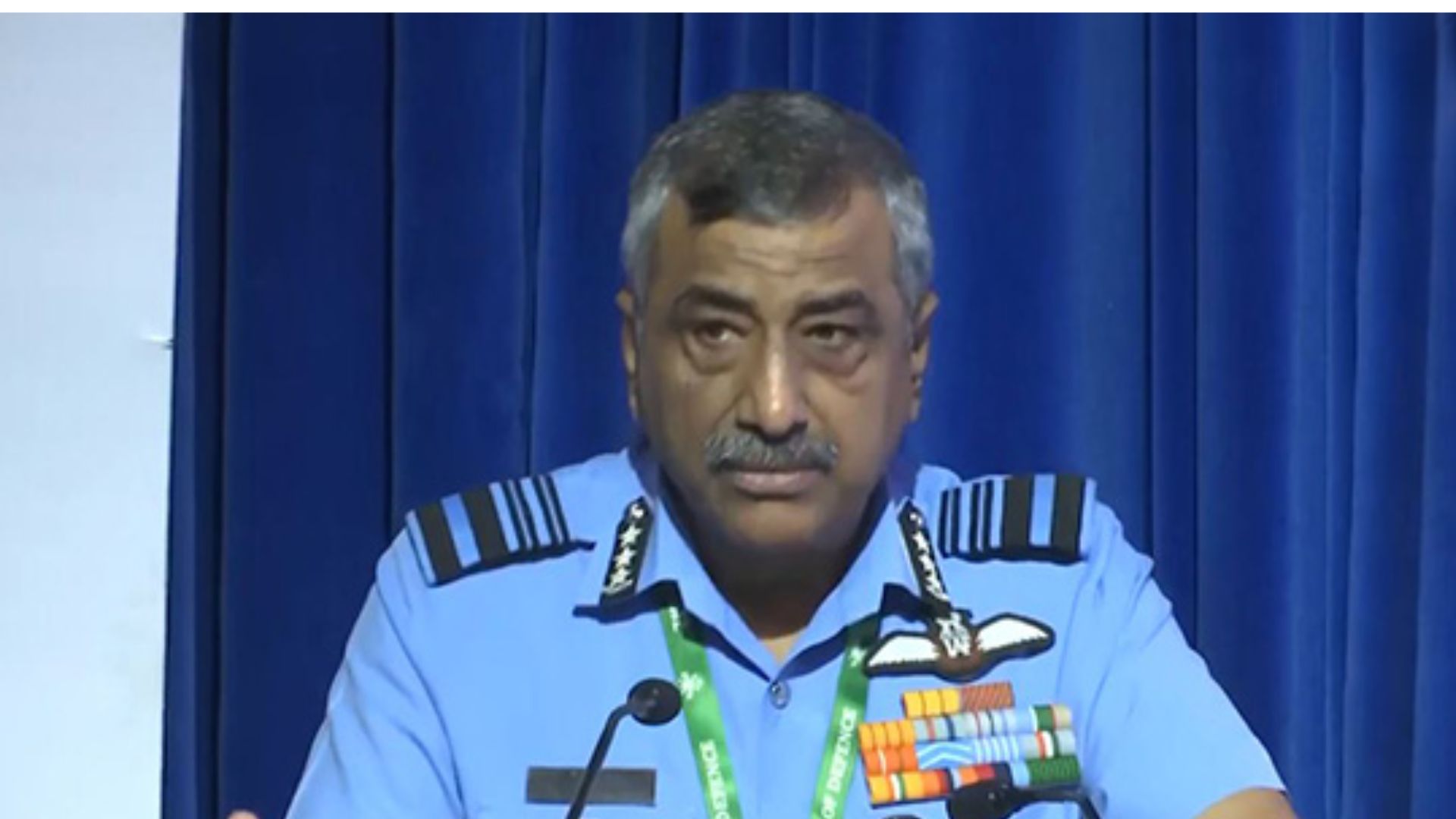Chief of Integrated Defence Staff, Air Marshal Ashutosh Dixit, has declared that the decisive advantage in modern warfare hinges on the ability to “see first, see farthest, and see most accurately.” Speaking at the Surveillance and Electro Optics India seminar, Dixit underscored that superior situational awareness is now central to military dominance in an era shaped by precision-guided weaponry and rapid technological change.
Citing lessons from global conflicts such as the Armenia-Azerbaijan war, the Russia-Ukraine war, and the Israel-Hamas hostilities, as well as India’s own Operation Sindoor, Dixit highlighted how timely intelligence and advanced surveillance consistently shift the tide in favour of the better-prepared side. “This truth has never been more relevant than in today’s age of multi-domain operations,” he said.
He noted that deep surveillance is no longer a mere support function but a strategic necessity. “Distance no longer guarantees safety. Modern warfare has redefined the concept of battlefield proximity,” he explained. With weapons like SCALP, BrahMos, and HAMMER capable of hitting targets across great distances, the traditional distinctions between frontlines and rear areas have blurred.
Air Marshal Dixit further emphasized that India must now detect and track adversaries not at the border but deep within their territory—at staging grounds, airfields, and command hubs. “Hypersonic missiles and drone swarms leave little time to react. Near real-time surveillance has become essential for survival,” he warned.
He spoke about the transformation in the Observe–Orient–Decide–Act (OODA) loop due to fast-paced weaponry, compressed decision-making windows, and emerging satellite constellations. “We’ve moved from observation to anticipation. Modern surveillance allows us to predict and pre-empt,” he said.
Calling for greater collaboration with the private sector, Dixit said India’s tech industry must play a pivotal role in developing multispectral, all-weather systems integrated with AI. “AI-driven imaging seekers and predictive threat analytics can shift surveillance from passive to intelligent,” he noted, adding that interoperability and scalability will define future systems.
Echoing similar sentiments, Lieutenant General Vineet Gaur, Director General Capability Development, said that advanced surveillance is not a luxury but a necessity in today’s volatile security environment. Referring to the Kargil War and current threats, he revealed that the Indian Air Force plans to launch 52 satellites in the coming year—31 of which will be built by private firms—to boost space-based surveillance capabilities.
Air Vice Marshal Tejpal Singh added that Intelligence, Surveillance and Reconnaissance (ISR) is now the backbone of military strategy. “ISR is central to modern conflict. Remotely Operated Systems, as demonstrated in Ukraine and West Asia, have changed the nature of warfare,” he said.
The seminar reinforced that India’s future battlefield edge will rest on its ability to see clearly, act quickly, and integrate seamlessly across air, land, sea, space, and cyber domains.













